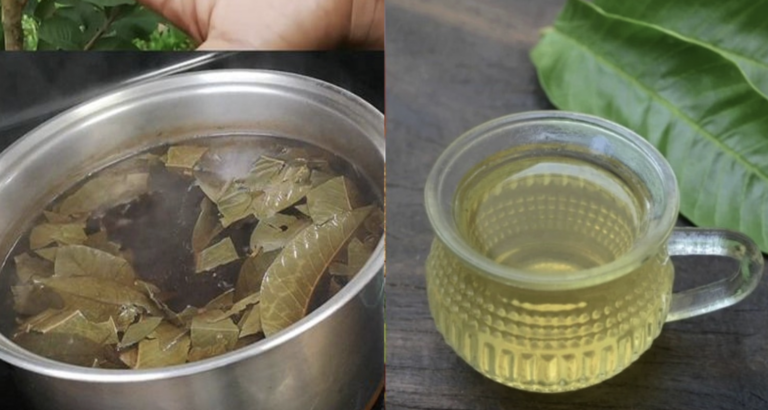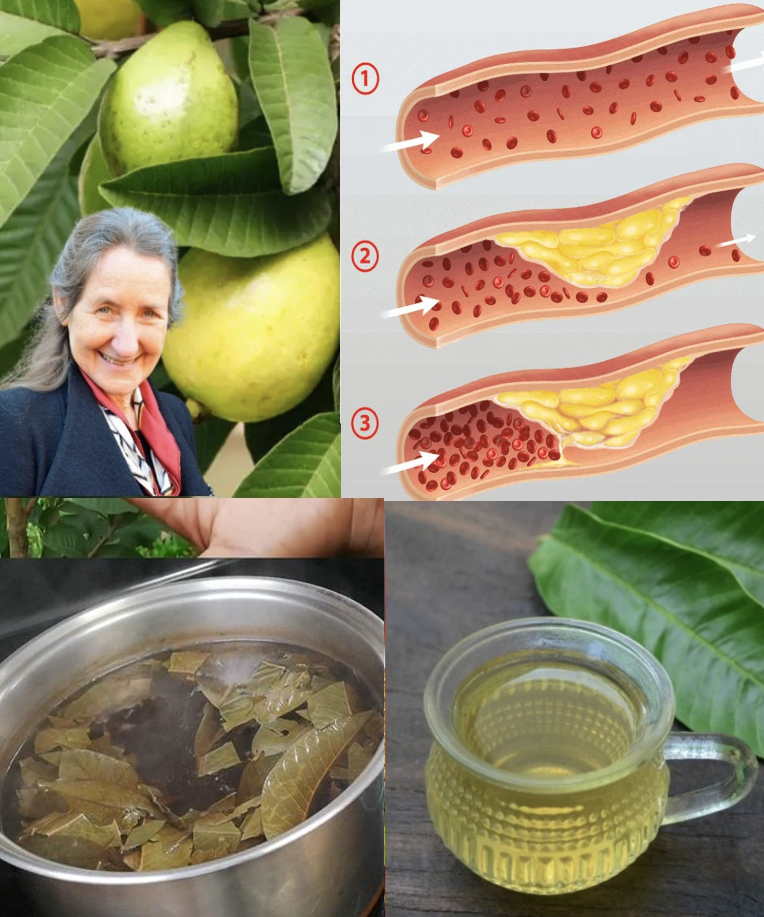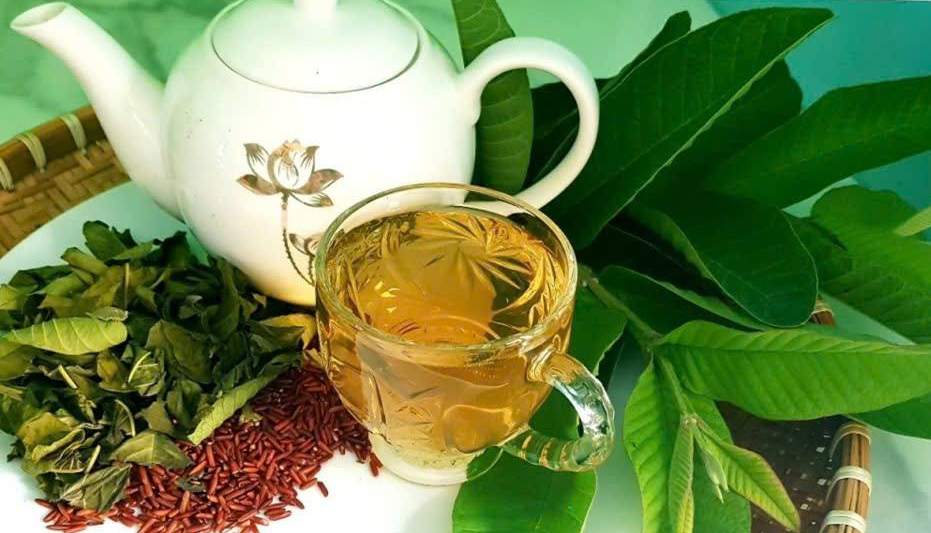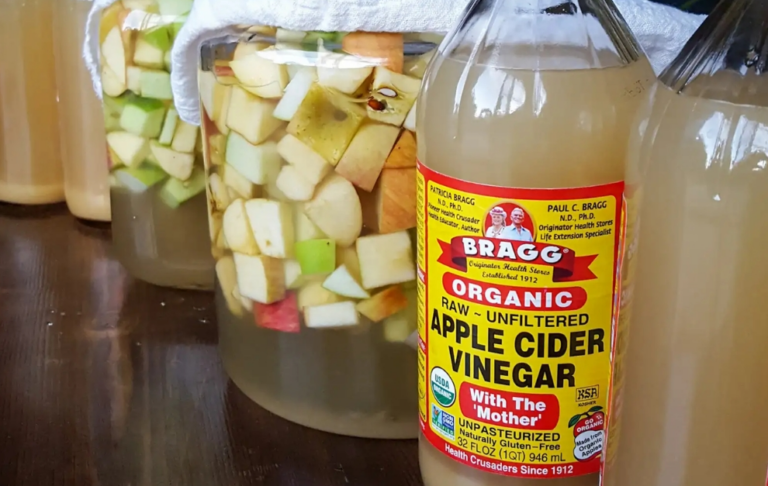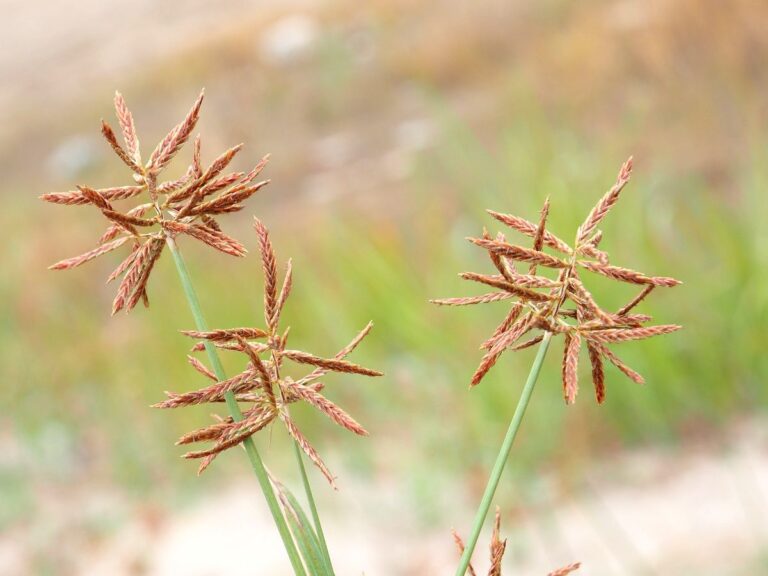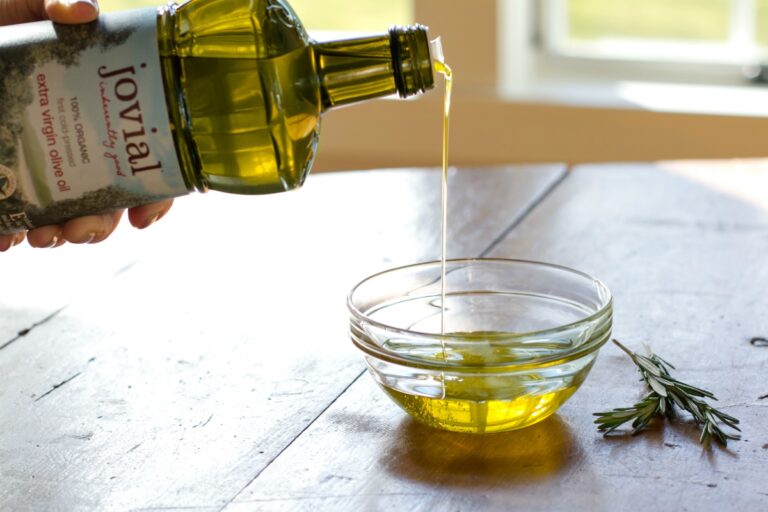As we age, maintaining optimal eye health becomes increasingly important. Common eye issues such as dry eyes, cataracts, and blurred vision can impact daily life. However, incorporating the right nutrients into your diet can help preserve eye health and prevent deterioration. In this article, we’ll explore five nutrient-dense leaves that support better vision and promote overall eye wellness.

1. Nori (Seaweed) – A Surprising Vision Booster
Nori, a type of edible seaweed commonly used in Japanese cuisine, is not only a popular ingredient but also a powerful ally for eye health. Packed with omega-3 fatty acids, nori plays a vital role in maintaining the fatty layer of the tear film, which is essential for keeping eyes lubricated. This, in turn, can help prevent dryness and discomfort. Additionally, omega-3 fatty acids have been shown to reduce the risk of age-related macular degeneration (AMD) and cataracts by up to 30%.
But the benefits don’t stop there. Omega-3s also help prevent the formation of abnormal blood vessels in the retina, which is especially beneficial for individuals with diabetes or high blood pressure—conditions that can negatively affect vision. If nori is not easily accessible, you can substitute it with other omega-3-rich foods such as salmon, sardines, flaxseeds, or chia seeds.
2. Spinach – Nature’s Shield Against Blue Light
Spinach is a powerhouse vegetable that provides numerous health benefits for the eyes. It is rich in lutein and zeaxanthin, two potent antioxidants that act as natural sunglasses. These antioxidants help filter harmful blue light, which can cause oxidative damage to the delicate structures of the eye. By protecting the ocular tissues, lutein and zeaxanthin play a key role in lowering the risk of cataracts and delaying the onset of AMD.
In addition to these antioxidants, spinach is also an excellent source of vitamin A, vitamin C, and zinc, all of which are essential for maintaining healthy vision:
- Vitamin A supports corneal health and improves night vision.
- Vitamin C strengthens the blood vessels in the eyes and helps combat oxidative stress.
- Zinc is critical for the proper functioning of the retina and helps prevent night blindness.
By incorporating spinach into your diet, you can provide your eyes with the nutrients they need to stay healthy and perform at their best.
3. Broccoli – The Ultimate Vision Superfood

Broccoli is another green vegetable that should be part of your eye health regimen. It’s packed with a blend of vital nutrients, including vitamin A, lutein, zeaxanthin, and vitamin C, which together work to protect the cornea and retina from damage.
- Vitamin A aids in the production of pigments in the retina, helping your eyes absorb light and improve overall vision clarity.
- Vitamin C serves as an antioxidant that protects eye tissues from oxidative damage, reducing the risk of cataracts and other eye conditions.
- Vitamin E and zinc work synergistically to protect the eyes from free radical damage, ensuring long-term eye health.
Regular consumption of broccoli helps maintain sharp vision and supports the longevity of healthy eye function, making it a must-have vegetable for anyone interested in preserving their sight.
4. Kale – The Macular Protector
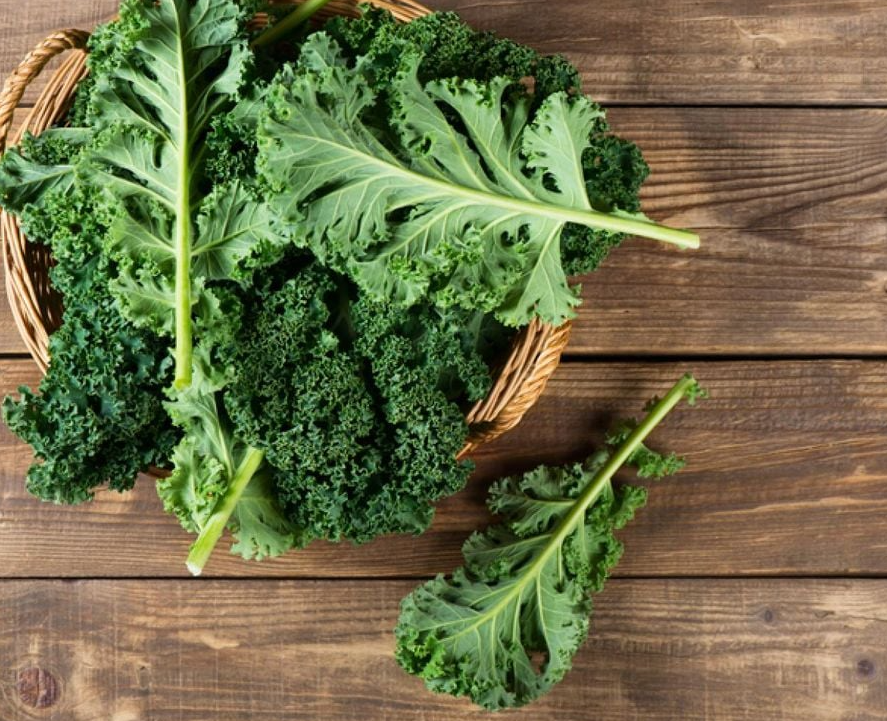
Kale, often praised for its incredible nutritional profile, is another leafy green that offers exceptional benefits for eye health. Packed with lutein, zeaxanthin, vitamins A, C, and zinc, kale is a great way to support the health of your macula—the part of your eye responsible for central vision.
- Vitamin C is crucial for maintaining the integrity of ocular structures, particularly the aqueous humor (eye fluid), which has a much higher concentration of vitamin C than the blood. This highlights its importance for eye health.
- Vitamin E in kale helps protect the macula, lens, and eye muscles, reducing the risk of cataracts and preventing age-related eye degeneration.
By adding kale to your diet regularly, you can provide long-term support to your vision, protect against age-related vision loss, and ensure the ongoing health of your eyes.
5. Orapronobis (Pereskia Aculeata) – A Hidden Gem for Eye Health
Orapronobis, a lesser-known yet highly beneficial plant, is rich in nutrients that are fantastic for eye health. Loaded with lutein, zeaxanthin, vitamins A, C, and E, and zinc, this herb helps strengthen eye muscles, protect macular health, and reduce blurred vision. Orapronobis also contains folic acid and iron, which are essential for promoting overall well-being and combating oxidative stress that can damage the eyes.
This powerful combination of nutrients makes orapronobis an excellent choice for maintaining healthy vision and reducing eye strain. It works particularly well in preventing visual impairments related to aging and environmental factors, such as excessive screen time.
How to Incorporate These Superfoods Into Your Diet
Adding these vision-boosting leaves into your meals is a simple and delicious way to support eye health. Here are some easy ways to enjoy the benefits of these superfoods:
1. Green Smoothies
Blend spinach, kale, and orapronobis with fruits like berries and bananas for a nutrient-packed smoothie that supports healthy vision. Add some flaxseeds or chia seeds for a dose of omega-3s.
2. Salads and Stir-Fries
Use fresh spinach, kale, and broccoli in salads or toss them in stir-fries for a savory, vision-supporting dish. Don’t forget to drizzle with olive oil to enhance nutrient absorption.
3. Soups and Stews
Add kale and spinach to soups or stews for a delicious way to increase your intake of vision-boosting vitamins and minerals.
4. Tea or Infusions
Try brewing a tea with spinach or nori as the base. You can even combine them with herbs like mint and lemon for added flavor and health benefits.
Final Thoughts: Nourish Your Eyes for a Lifetime of Healthy Vision
As we age, it’s vital to protect and nourish our eyes to maintain clear and sharp vision. By incorporating nutrient-rich leaves like nori, spinach, broccoli, kale, and orapronobis into your diet, you can provide your eyes with the essential nutrients they need to stay healthy and vibrant. These superfoods not only offer a natural way to protect your vision but also provide overall wellness benefits, such as improved digestion, stronger immunity, and enhanced cognitive function.
Make the conscious choice to include these powerful leaves in your meals and enjoy the benefits of better vision, reduced eye strain, and long-term eye health. Start today, and embrace a future of healthier, brighter eyes!

